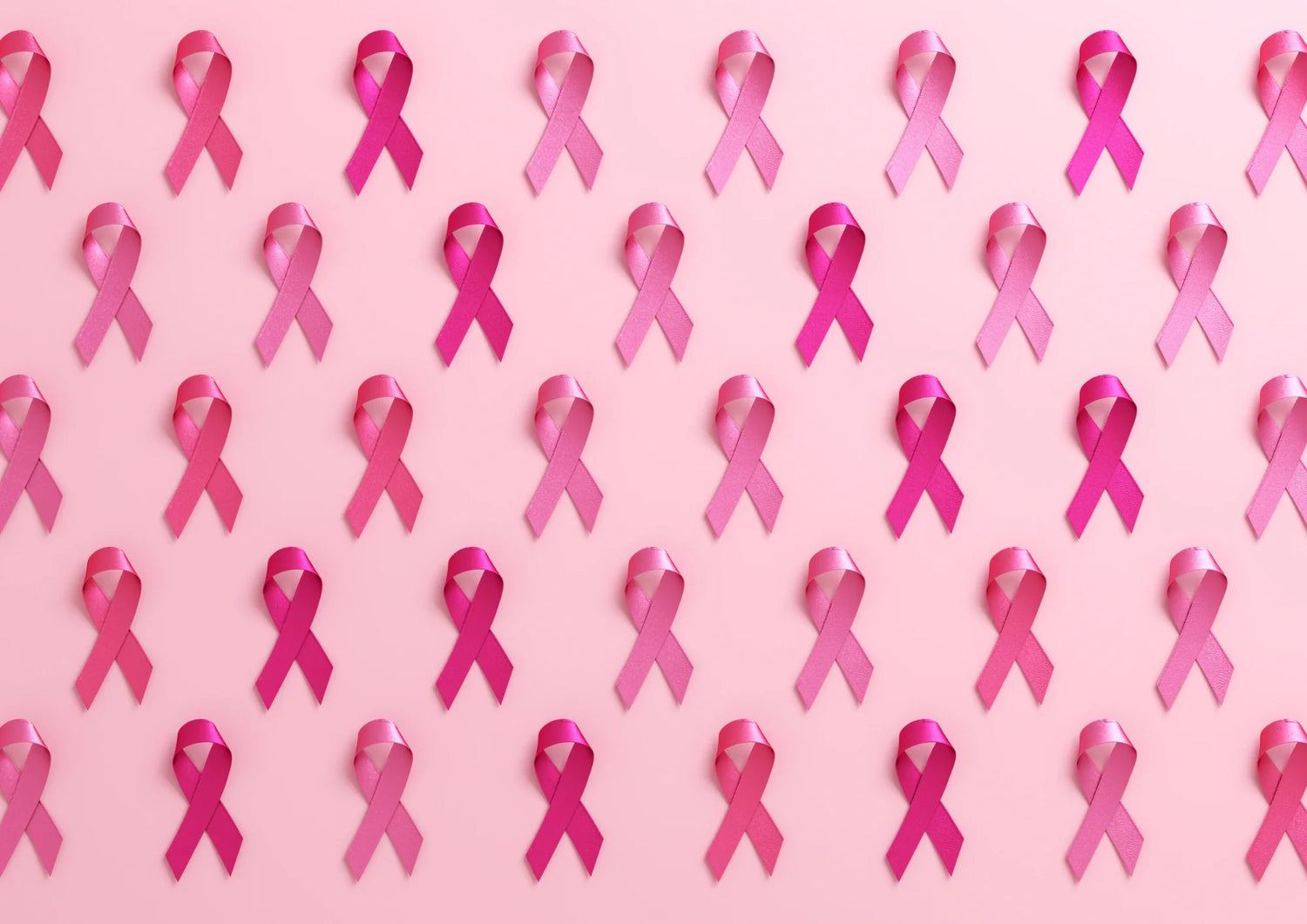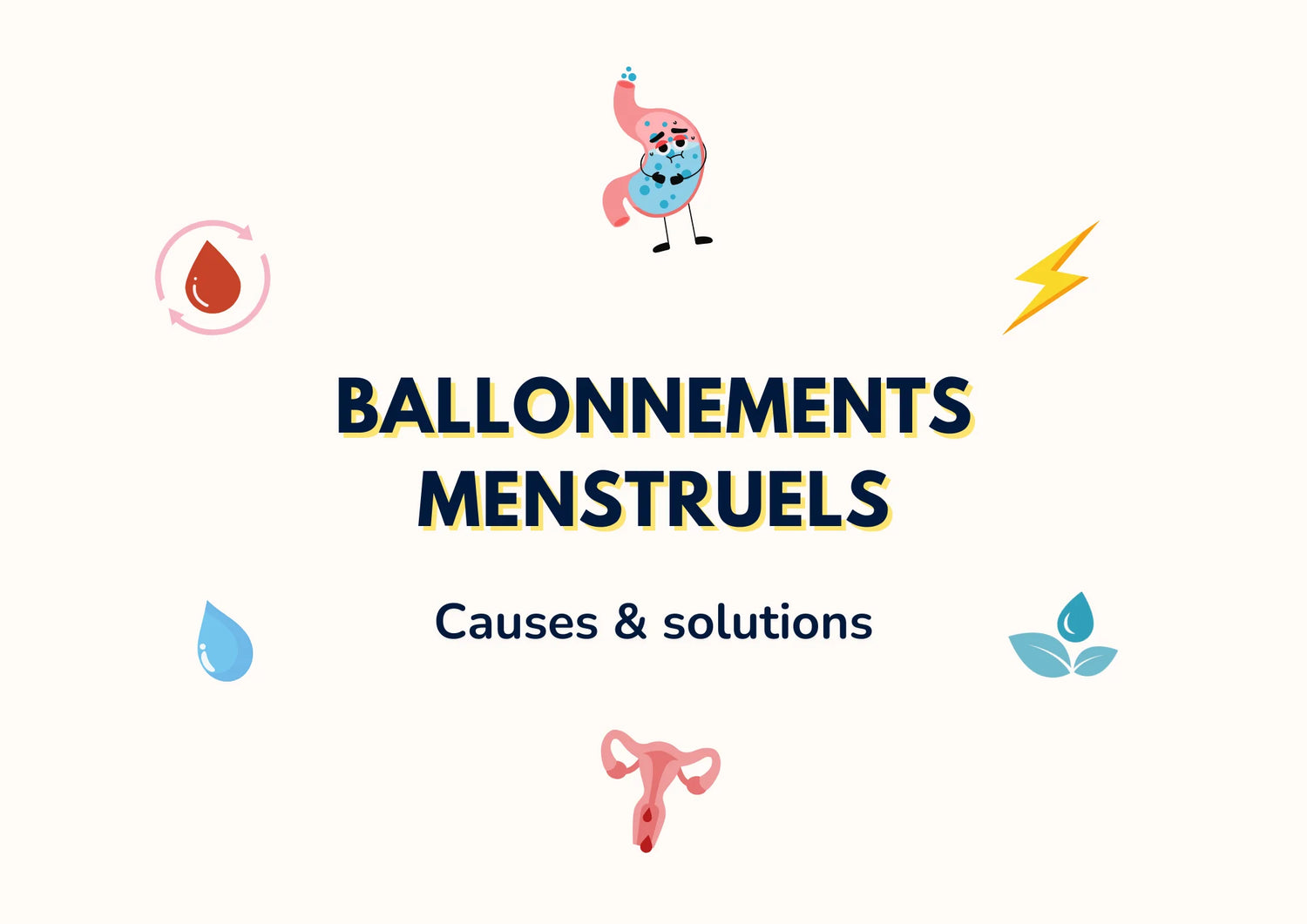Have you noticed fine scars on your skin and wonder what they are? Where do they come from? Maybe you even feel self-conscious or worried that these marks might be permanent. 😣
Rest assured, you are not alone. stretch marks are extremely common among women.
But understanding their origin and how they work, is a big step toward preventing and accepting them!
What is a stretch mark?
What are these small scars on your belly, hips, or thighs? These marks can worry you or make you feel like your skin is damaged for no reason.🤔
Stretch marks are superficial skin lesions that appear when the skin is subjected to rapid stretching. This can happen during puberty, pregnancy, weight gain, or rapid muscle gain.When your
skin stretches too quickly, it "breaks": the collagen and elastin fibers tear, causing the formation of streaks, which are small scars.They can appear on
several areas: the belly, hips, thighs, breasts, arms, or buttocks.Initially
red, purplish, or dark ("immature" stretch marks), they then evolve to lighter shades, becoming pearly white ("mature" stretch marks).Good news: even though
stretch marks are permanent, there are ways to prevent their appearance and reduce their visibility over time with appropriate care!Now that you better understand what stretch marks are, you’re probably wondering: why do some women get them and others don’t? 🤗
Why do we get stretch marks?
You take care of your skin, yet stretch marks appear without prevention! Frustrating, right? 😩
What you need to know is that
stretch marks often appear due to sudden body changes, which you don’t always control. This can happen at different life stages, such as:
puberty
- pregnancy
- weight fluctuations
- muscle gain
- genetic predispositions
- Hormonal changes during puberty

During
adolescence, the body changes quickly: growth spurts, hormonal transformations, development of curves… And the skin doesn’t always have time to adapt!As a result,
stretch marks affect more than 40 to 50% of young people, which is why teenagers often develop stretch marks on their thighs, breasts, buttocks, or hips.Pregnancy
During pregnancy, the
belly rounds out quickly. The skin stretching, combined with increased hormones, weakens the skin. Stretch marks usually appear between the 6th and 9th months, mainly on the belly, but also on the breasts, hips, and buttocks.Rest assured: these marks can fade after childbirth. 😊
Rapid weight changes
Have you
gained weight quickly? Your skin can suffer. Sudden
weight fluctuations put tension on the dermis support fibers, which can tear. This explains why stretch marks are common during yo-yo weight changes (repeated weight gain and loss) that gradually damage skin tissues. 🫤Rapid muscle gain
Have you started
intense sports recently? Or have you gained muscle mass at the gym? Well done! 🎯 But if
muscle growth is too rapid, the skin may not keep up, and stretch marks appear on the arms, shoulders, or thighs.Genetic predispositions
Some of us are more prone than others to develop stretch marks. Why? Because it depends on
the skin’s natural elasticity, often determined by your genes.If your mother or sister are prone to stretch marks, you’re more likely to develop them too. 💡
Lack of collagen or less elastic skin
Collagen and elastin are the pillars of your skin. They ensure its flexibility and ability to return to its original shape. But with age or deficiency, their production decreases. Result: more fragile skin, more prone to "breaks." 😓
You’ve understood:
stretch marks can appear at different life stages and for many reasons, often beyond your control. So, where do they most often appear on your body? Let’s look at the most affected areas. 👀Where do stretch marks appear?
You’ve noticed stretch marks on your body but aren’t sure if it’s normal there? Rest assured, no matter their location, they
pose no health risk. However, knowing the
body areas most prone to stretch marks, helps you anticipate their appearance. Hips, thighs, and buttocks: areas with strong hormonal impact
These body parts are directly influenced by hormones, especially during adolescence. That’s why
90 to 95% of young girls develop stretch marks during puberty , mainly on: The
- hips (due to lateral "growth spurts"), The
- thighs (often on the outer side), The
- buttocks (an area under high skin tension during weight gain or sports activity). These areas are also affected when doing intense sports or rapid muscle strengthening programs. 💪
Breasts and décolleté: often forgotten but highly exposed
Whether during
puberty, pregnancy, or after weight gain, breasts can increase in volume very quickly. The skin, thin and fragile there, is particularly prone to internal cracking.
Result:
stretch marks appear on the sides of the breasts or between them, sometimes even on the upper décolleté.Wearing a
properly fitting bra and regular hydration reduces the risk of stretch marks. 🤗Belly during pregnancy: the most marked area
This is the most well-known area for stretch marks, especially during pregnancy. As your belly rounds, the
skin stretches intensely and rapidly, especially from the 6th month of pregnancy. Result: deep fibers crack, revealing red or purplish stretch marks.
🔍 Stretch marks usually appear during the 2nd and 3rd trimesters, affecting about
80 to 90% of pregnant women, mainly on the belly, breasts, hips, thighs, and buttocks. Even after childbirth, they may persist but gradually fade!
Bras (inside): rarer but possible
Stretch marks
appearing on the inside of bras are due to rapid muscle gain or in some teenagers during body transformation or weight gain.People with thin skin or low natural elasticity are more prone. 🧬 Calves, back, behind the knees: secondary areas
Less common but possible, stretch marks can also affect:
The
lower back
- and "love handles" (in case of rapid mass or weight gain), The calves (especially in athletes), The
- back of the knees (during growth spurts in adolescence).These less visible locations can still cause discomfort or self-consciousness for some, but remember these marks are natural and common 💗
- You now know that stretch marks can appear almost anywhere on your body, except under your feet.
Depending on your history, hormones, and skin, they all differ. Their color, shape, or age influence how to treat them. 🤗
Types of stretch marks: how to recognize them?Stretch marks have appeared on your skin
… but you don’t know if they’ll be permanent? 🤔
Depending on their appearance, you may or may not be able to
make them disappear by adapting your care. You’ll see some are
easier to reduce than others, if you act at the right time! ⏳1. Immature stretch marks: the most recent
This is the first stage in stretch mark formation. They’re also called "striae rubrae" (on light skin) or
"striae nigra"
(on darker skin). Their color varies by skin type.Pink, red, or purplish on light skinDark brown, purple, or almost black on more pigmented skinThese colors are due to inflammation of skin fibers
- in response to sudden skin stretching. 🧬
- They indicate an
active healing phase, making it the ideal time to intervene
with targeted treatments.The earlier you act, the better your chances to reduce them. This is a precious window you shouldn’t miss! 😊2. Mature stretch marks: the oldestOver time,
stretch marks lose their bright color and become white, pearly, sometimes slightly shiny, or even indented.
These are called
"striae albae". They mark the end of the inflammatory process
: the skin has healed, but the lesion remains visible as a fine scar. 👩⚕️ At this stage, they are harder to treat: treatments can no longer act on the initial regeneration phase. However, it’s still possible to improve texture and appearance
with nourishing, firming care or certain dermatological techniques.It’s best to act quickly when the first streaks appear to optimize results. The younger a stretch mark, the more receptive it is to treatment!Better to anticipate than repair: preventing stretch marks is already a big step toward smooth skin. Stay with us, we’ll share our best tips to prevent their appearance now.👇
How to prevent stretch marks?

As we’ve seen, certain life periods like adolescence, pregnancy, or lifestyle changes increase the risk of stretch marks. The good news: simple actions can
effectively prevent them
. 🤗1. Stay hydrated 💧We can’t say it enough: well-hydrated skin is more supple and resilient!
Drink at least
1.5 to 2 liters of water per day, especially if you’re pregnant, sweat a lot, or have naturally dry skin.Internal hydration supports your skin’s elasticity and collagen production. 💡
2. Nourish your skin 🧴Apply a moisturizing or nourishing product morning and evening on sensitive areas
: belly, hips, thighs, buttocks, and breasts. And
massage gently in circular motions
to stimulate blood circulation, enhance product absorption, and strengthen skin fibers. ✅Favor rich textures like body butters, vegetable oils (sweet almond, coconut…) or specific anti-stretch mark creams
(even if you don’t have stretch marks yet)!💡Choose products rich in nourishing ingredients like shea butter, oats, or marine extracts: they strengthen the skin barrier, improve elasticity, and limit stretch mark formation.3. Adopt a balanced diet 🥗
A diet rich in antioxidants, vitamins (A, C, E), essential fatty acids, and proteins promotes healthy skin.
Avoid snacking, “yo-yo” diets, or rapid weight gain: sudden changes are a major factor in stretch marks.
Favor:fresh fruits (orange, kiwi, berries),green vegetables (broccoli, spinach),
vegetable oils (rapeseed, flaxseed, walnut),
eggs, fish, legumes.
- 4. Be consistent
- Applying a product once a week has little effect! On the other hand,
- consistency makes all the difference.
- Take this time for yourself
every day: hydrate, massage, pamper your skin.
💆♀️It’s also a moment of relaxation and reconnecting with your body. Your skin will thank you! 🙏
Adopting a healthy lifestyle, hydrating your skin daily, and nourishing it deeply are simple but powerful habits to limit stretch marks. And if you’re pregnant or planning to be,
these actions become even more important:
from the first trimester, gently massage sensitive areas
(belly, breasts, hips) to improve skin elasticity. Also remember to hydrate well internally (1.5 to 2 liters of water daily) and maintain a balanced diet to limit rapid weight gain.What if stretch marks are already there?These so-called “recent” stretch marks are in the inflammatory phase: the skin is reacting to tension, and this is precisely when it’s most receptive to care.Continue applying the treatments listed above and you’ll limit their size. Every treatment, every daily gesture can help your skin better handle these big changes and reduce the risk of stretch marks. 💕
How to reduce healed stretch marks?
Do your stretch marks bother you, but no cream works anymore? Have you tried natural treatments without results? There are more advanced options to make them disappear or reduce them, but beware: they come with constraints! 😓
Vitamin A acid creams (tretinoin) 🧴
This is a cream containing a derivative of
vitamin A (called tretinoin
). This substance promotes
cell renewal and stimulates collagen production.
In other words, it helps your skin repair faster.It’s mainly prescribed to girls aged 12 to 14 (puberty) and only with a medical prescription!⚠️ Important: these creams are strictly forbidden for pregnant or breastfeeding women, as they can be toxic to the fetus.Fractional CO2 or Erbium laser
The
“abrasive” laser
works by creating
micro-wells in the skin to stimulate new collagen fiber production
. It “smooths” the area and reduces the appearance of stretch marks. Results are often spectacular after a few sessions: texture improves, color lightens, and scars become less noticeable. The downsides? Yes, there are some! Aftercare can be heavy: intense redness, peeling skin, oozing, burning sensation, requiring dressings and post-laser care for several days.Note: recovery is longer than with other treatments. 💡To give you an idea, the treatment lasts 4 sessions spaced 1 month apart and costs on average €120 to €240 per session depending on the area.
Microdermabrasion
This is a
mechanical exfoliation technique:
a machine sprays microcrystals on the skin and
“sands” the surface to stimulate cell renewal
. It’s gentler than laser, better tolerated, and can improve stretch mark texture over sessions. It’s less effective on very old or deep stretch marks! Several spaced sessions are needed to see a difference. ✅Strong chemical peels The dermatologist applies a
chemical acid product on the area. This causes a controlled destruction of the skin’s superficial layers
, which then
regenerates. The peel can reduce the depth and color of stretch marks. However, this treatment is strictly medical and aftercare is quite harsh: burned skin, crusts form and take about 7 to 10 days to fall off!Results vary greatly from patient to patient. 🌸⚠️ These treatments can be costly and require medical supervision.What if we learned to accept them?Stretch marks
tell a story: that of
a body that changes, grows, and lives
. They are natural, common, and do not diminish your beauty. You can care for them, reduce them, or simply accept them, without pressure. 💕
Stretch marks are natural, common, and above all, not a fate. ✨
You now know what they are, why they appear, where, and how to prevent them. You also have all the keys to reduce them, naturally or medically.Whether you’re pregnant, going through puberty, athletic, or prone to weight changes, remember: you are not alone. 🤗 These
marks tell your story
, and it’s entirely possible to live with them more peacefully. Take care of your skin, but above all, take care of yourself! 💙 why they appear, where, and how to prevent them. You also have all the keys to reduce them, naturally or medically.
Whether you are pregnant, going through puberty, athletic, or experiencing weight fluctuations, remember: you are not alone. 🤗
These brands tell your story , and it is entirely possible to experience them more calmly. Take care of your skin, but above all, take care of yourself! 💙


 https://mysorio.com
https://mysorio.com


